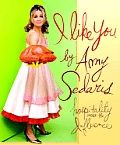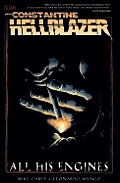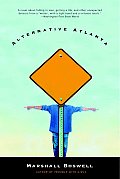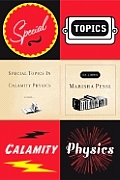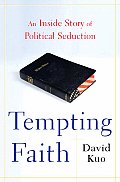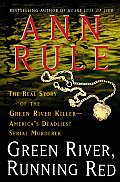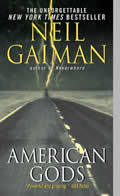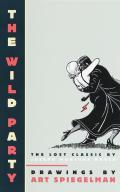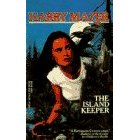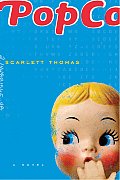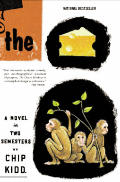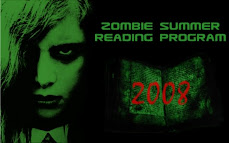
 GingerbreadShrimp
GingerbreadShrimp by Rachel Cohn
In the beginning, there was S.E. Hinton and Judy Blume, and lo, the teens were portrayed realistically, and the parents were ticked and the school boards were informed of their displeasure. And the teens did eat the fruit of the tree of knowledge, and learned that they were not alone in their dysfunction and ennui. And lo, it was pretty good.
But then something unfortunate happened. In the interest of creating realism, young adult fiction lost its way, and by the mid-80s, you couldn't swing a cat in the Waldenbooks without hitting a rack full of depressing trash filled with divorced parents, 13-year-old smack addicts, teen prostitutes, dead siblings, dead best friends, dead boyfriends, and dead ponies. My teen angst bullshit now has a body count, indeed.
In the past ten years, things have gotten a lot better and a lot less grim. One of my favorite authors who has had something to do with that is Rachel Cohn, who exploded on the scene in 2002 with
Gingerbread, and has pretty much published two books a year ever since. Cohn's books teeter on the brink of self-conscious hipness, but manage to speak a language that resonates with teen readers. Additionally, Cohn does a good job of balancing ugly realism with the kind of escapist fantasy worlds that girls might actually want to inhabit.
In
Gingerbread, our heroine Cyd Charisse has been expelled from boarding school and is back at home with her loathsome and loaded stepfather and mother, Sid and Nancy (no lie). She's a sullen, spoiled ingrate. But she's also dealing with some very bad, very serious stuff that her parents don't know about. On top of all that, she's been dumped by her surfer dude, coffee-slurpin', spiky haired soul mate, Shrimp. Fed up with her hellion antics, Sid and Nancy decide to send Cyd to NYC to spend a few weeks over the summer with her real dad. While she's there, Cyd Charisse meets her dad and half-siblings, learns about her complicated family history, and in the process, a great deal about herself.
This post has already dropped one
Heathers reference, but here's another. Cyd Charisse's older half-brother plays in a band with his partner called My Dead Gay Son and runs a coffee shop where they have lunchtime polls with the regulars. I love this character so much I wish he were real.
Gingerbread is all about Cyd Charisse learning to deal with her family issues. Its sequel,
Shrimp, is about Cyd figuring out what to do with the aforementioned soul mate as they start their senior year of high school and try to patch up their relationship. It also addresses another of Cyd's problems, the fact that she has no female friends other than an elderly nursing home resident named Sugar Pie. In the first book, Cyd learns how to be a daughter. In the second, she learns how to be a friend.
But, you know, without all that icky "I learned a valuable lesson about life" kind of tone to the writing.
If you like...: New Wave, punk rock, espresso, combat boots, and big cities on both coasts, this book is for you.
 The Lies of Locke Lamora by Scott Lynch
The Lies of Locke Lamora by Scott Lynch





